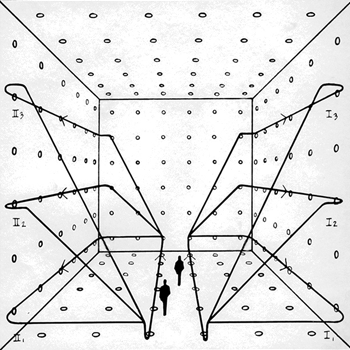This is the most common approach to this.
We square the integral, switch it to the product of 2 integrals in independent variables, and so use Fubini to create a double integral. That can then be switched to polar and actually evaluated.
#I = int_-oo^oo e^(-x^2) dx#
#I^2 =( int_-oo^oo e^(-x^2) dx )* ( int_oo^oo e^(-x^2) dx)#
# =( int_-oo^oo e^(-x^2) dx )* ( int_-oo^oo e^(-y^2) dy)#
# = int_(y = -oo)^(oo) int_(x = -oo)^(oo) e^(-x^2) * e^(-y^2) dx dy #
# = int_(y = -oo)^(oo) int_(x = -oo)^(oo) e^(-(x^2+ y^2)) dx dy #
switching to polar co-ordinates
# = int_(phi = 0)^(2 pi) int_(r = 0)^oo e^(-r^2) r \ dr \ d phi #
# = int_(phi = 0)^(2 pi) \ d phi * int_(r = 0)^oo e^(-r^2) r \ dr #
# = 2 pi * [ -1/2e^(-r^2) ]_(r = 0)^oo = pi#
#implies I = sqrt pi#

